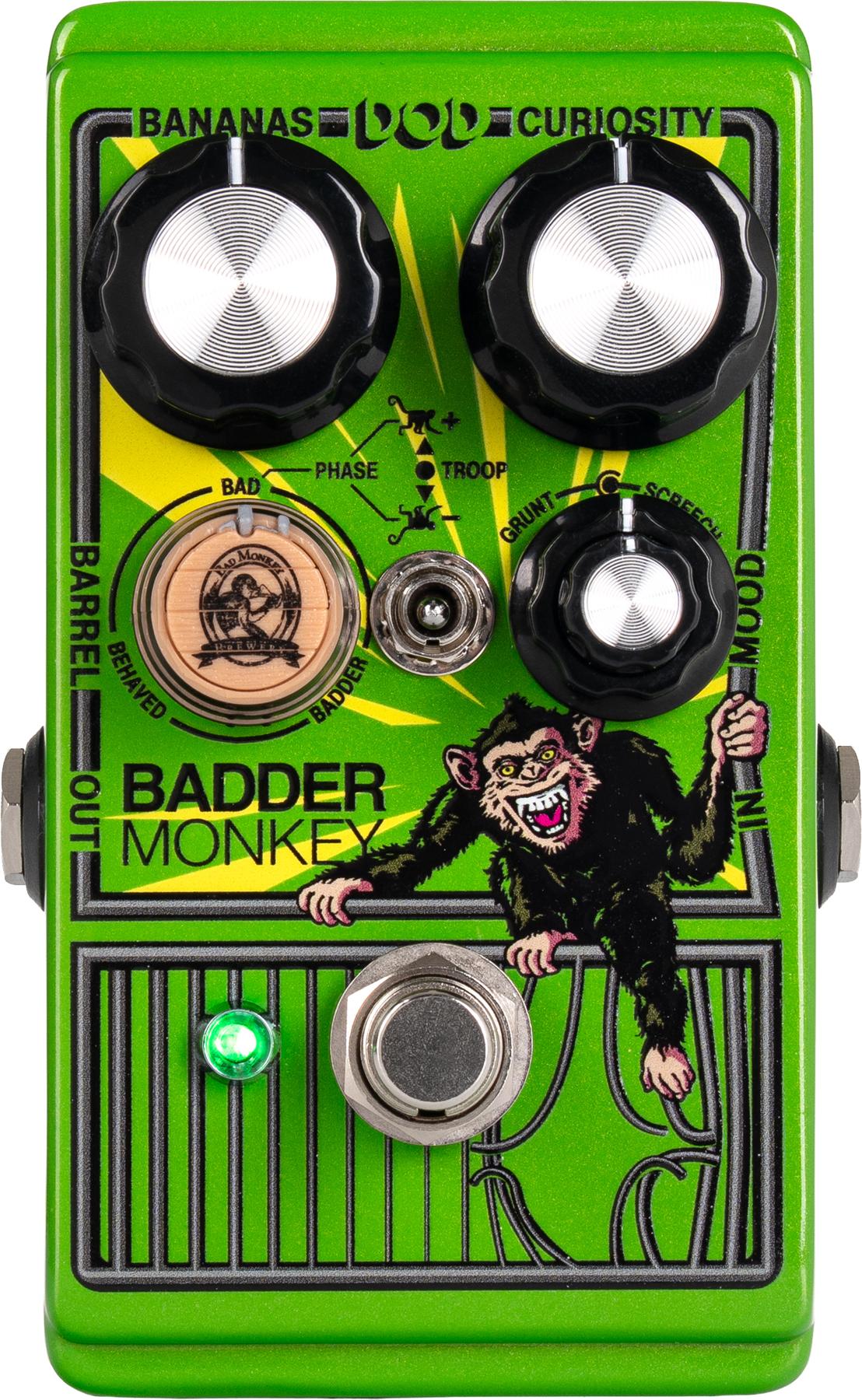Estepona, Spain (February 7, 2011) -- Like so many Premier Guitar readers and viewers, we were shocked and saddened to learn that Gary Moore died on February 6 at age 58, while vacationing in Spain.
The cause of the Irish blues-rocker’s death is not immediately known, but current reports say Moore died in his sleep at the Kempinski Hotel Bahia, a resort in Estepona, located on Spain’s Costa Del Sol. According to reports, Moore and his unnamed girlfriend had quiet drinks at the hotel bar and then retired around 11:00 p.m. His death was reported at around 4:00 a.m., and his body was found in his hotel room. An autopsy and post-mortem report is pending.
Born in Belfast, Northern Ireland, on April 4, 1952, Moore discovered the guitar at age 8. Though he was left-handed, he learned on a right-handed instrument and began playing in local bands as a teenager. At age 16, Moore moved to Dublin to play with the blues-rock band, Skid Row, which featured Phil Lynott on vocals. After Lynott picked up the bass, he founded Thin Lizzy, and Moore joined the band in 1973, replacing Eric Bell, Lizzy’s original guitarist. This was to be the first of three stints Moore had with Lizzy during the ’70s.
Moore also played with jazz-rock drummer Jon Hiseman in Colosseum II, and enjoyed a successful solo career, which included extensive touring, as well as recording with Albert King, Albert Collins, B.B. King, Phil Lynott, and George Harrison.
Moore had a deep connection to British blues legend, Peter Green, who was something of a mentor to Moore as a teenager in Belfast. Not only was Moore inspired by Green’s playing (Moore’s gold album Still Got the Blues shows him sitting amongst CDs that include John Mayall and the Bluesbreaker’s A Hard Road, which featured Green and launched his career), he bought Green’s legendary ’59 sunburst Les Paul in 1972 and performed and recorded with it for many years.
When Moore tracked Blues for Greeny, his 1995 tribute to Peter Green, he used Green‘s former Les Paul exclusively on the album. This writer had the privilege of seeing Green play that guitar with Fleetwood Mac, and then some two decades later, watch Moore perform an entire concert with it. Within the first bars of the opening song, it was clear Moore had a complete mastery of the instrument’s unique, phasoidal dual-humbucker sounds.
Moore played with a ferocious attack, a searing tone, and favored fast runs threaded with long sustained notes that drifted into feedback. Those wishing to explore or revisit Moore’s music and fiery playing will enjoy the concert DVD Thin Lizzy—Live at Sydney Harbour ’78, and the aforementioned Still Got the Blues and Blues for Greeny.
UPDATE: BBC News is reporting that Moore passed away of a heart attack due to natural causes. Thanks to reader Crabman for the link.
The cause of the Irish blues-rocker’s death is not immediately known, but current reports say Moore died in his sleep at the Kempinski Hotel Bahia, a resort in Estepona, located on Spain’s Costa Del Sol. According to reports, Moore and his unnamed girlfriend had quiet drinks at the hotel bar and then retired around 11:00 p.m. His death was reported at around 4:00 a.m., and his body was found in his hotel room. An autopsy and post-mortem report is pending.
Born in Belfast, Northern Ireland, on April 4, 1952, Moore discovered the guitar at age 8. Though he was left-handed, he learned on a right-handed instrument and began playing in local bands as a teenager. At age 16, Moore moved to Dublin to play with the blues-rock band, Skid Row, which featured Phil Lynott on vocals. After Lynott picked up the bass, he founded Thin Lizzy, and Moore joined the band in 1973, replacing Eric Bell, Lizzy’s original guitarist. This was to be the first of three stints Moore had with Lizzy during the ’70s.
Moore also played with jazz-rock drummer Jon Hiseman in Colosseum II, and enjoyed a successful solo career, which included extensive touring, as well as recording with Albert King, Albert Collins, B.B. King, Phil Lynott, and George Harrison.
Moore had a deep connection to British blues legend, Peter Green, who was something of a mentor to Moore as a teenager in Belfast. Not only was Moore inspired by Green’s playing (Moore’s gold album Still Got the Blues shows him sitting amongst CDs that include John Mayall and the Bluesbreaker’s A Hard Road, which featured Green and launched his career), he bought Green’s legendary ’59 sunburst Les Paul in 1972 and performed and recorded with it for many years.
When Moore tracked Blues for Greeny, his 1995 tribute to Peter Green, he used Green‘s former Les Paul exclusively on the album. This writer had the privilege of seeing Green play that guitar with Fleetwood Mac, and then some two decades later, watch Moore perform an entire concert with it. Within the first bars of the opening song, it was clear Moore had a complete mastery of the instrument’s unique, phasoidal dual-humbucker sounds.
Moore played with a ferocious attack, a searing tone, and favored fast runs threaded with long sustained notes that drifted into feedback. Those wishing to explore or revisit Moore’s music and fiery playing will enjoy the concert DVD Thin Lizzy—Live at Sydney Harbour ’78, and the aforementioned Still Got the Blues and Blues for Greeny.
UPDATE: BBC News is reporting that Moore passed away of a heart attack due to natural causes. Thanks to reader Crabman for the link.







![Rig Rundown: Russian Circles’ Mike Sullivan [2025]](https://www.premierguitar.com/media-library/youtube.jpg?id=62303631&width=1245&height=700&quality=70&coordinates=0%2C0%2C0%2C0)

















